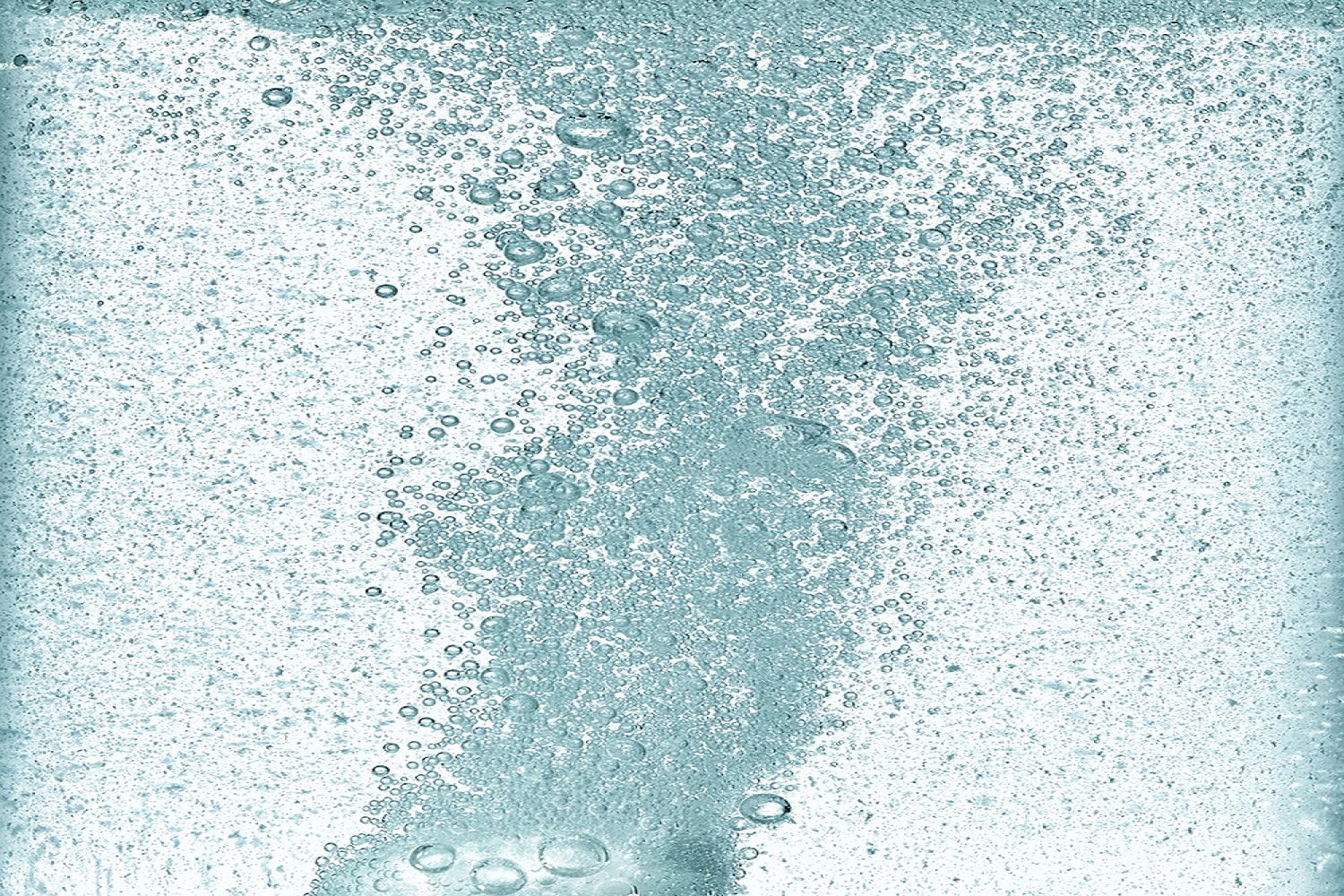‘The evidence that the brain responds to events that do not appear in consciousness is overwhelming’. The Wayward Mind – Guy Claxton
I know that when I want to find solutions to puzzles or get into a creative flow, I need to access a different state of mind – make my brain work in a different way that never feels like work – to reach down into my unconscious to get the answers from my hidden seams of inspiration.  This isn’t news to creative people.  I’ve been reading Guy Claxton’s book recently, ‘The Wayward Mind’, and for the first time I came across the explanation of what is going on in the brain when we switch between expansive wondering and reverie to acting on the ideas and insights we retrieve from our unconscious and want to act on them. In other words what the brain does to trigger creative solutions.

Claxton writes that the most basic form of activation in the brain is excitation – when a pattern of connections becomes active and goes on to positively affect other patterns associated with it. The yin to the excitatory yang is inhibitory, whose function is to suppress the activity in the connections further down the line. Guy Claxton uses the analogy of the accelerator and brake in a car. Having both pedals gives us much finer control over our speed and consequently steering. In the same way, the brain, with its ability to excite and inhibit has much finer control over its own stimulation, and instructions and information can be channelled much more precisely.
These are not recent discoveries. Over 150 years ago, the Russian physiologist Ivan Sechenov recognised inhibition in the brain of frogs and associated them with the human ability to override our own movements.
Sechenov argued that it was the inhibitory action that allows the brain to unhook thinking from action, allowing our minds to wander, meditate and come up with novel ways of ‘thinking’, keeping it internal without the need to turn into an external ‘thing’.

Through inhibition the brain can capture and constrict its own natural outpourings allowing its internal activity to become deeper and wider.
So, how does this affect creative solutions? How is it that creative ideas just ‘pop’ into our heads (our conscious awareness) from out of the blue? And is creativity nurture or nature?
According to what scientists have discovered, creativity has 2 phases: inspiration and elaboration and the thinking behind each process is different.
In order to encourage inspiration, we must let the excitation element in our brains have command over the inhibitory tendencies so that many ideas can flourish at once, overlapping, spreading out and allowing for new, expansive connections in the brain. This musing means that different ideas can mingle together unconsciously, and when something gels, the concentration becomes increased so that it pops up into our conscious awareness.
To arrest this phase of creativity, we want our brains to behave differently. Rather than the wandering, random pattern of unconscious thoughts, we are looking to be more focused, purposeful and selective. In other words, to inhibit the ideas that are no longer relevant so that we can keep the new thought process on track.

Creative people know intuitively that to lapse into reverie will allow ideas to bubble up. But, when you let it, this is what the brain will do naturally.
Creativity is, therefore accessible for everyone. Recent research by Guy Claxton and Paul Howard-Jones at Bristol University, indicates that for those who seem to have forgotten how to use more of the excitatory aspect of their brains, undoing this rigidity is for many people quite easy.
Relax your brain and you open up to previously untapped inspiration and insights.